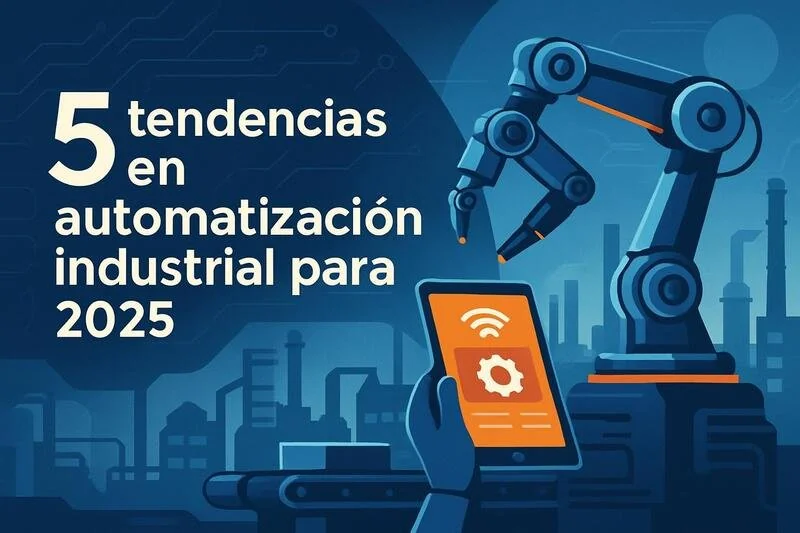
Collaborative robots, or "cobots," represent one of the most significant advances in industrial automation. Unlike traditional industrial robots that operate in isolation, cobots are designed to work safely alongside human workers, combining the precision and consistency of automation with human creativity and problem-solving skills.
What Makes Cobots Different?
Traditional industrial robots have dominated manufacturing floors for decades, but they come with significant limitations. They require safety cages, extensive programming, and operate in isolation from human workers. Cobots, on the other hand, are designed with built-in safety features that allow them to work directly with humans without protective barriers.
Key Features of Collaborative Robots:
- Force and collision detection: Advanced sensors that immediately stop movement when unexpected contact is detected
- Speed and separation monitoring: Automatic speed adjustment based on human proximity
- Easy programming: Intuitive interfaces that allow non-technical staff to program tasks
- Flexible deployment: Lightweight and mobile designs that can be easily repositioned
Applications Across Industries
Cobots are finding applications across a wide range of industries, from automotive assembly to food packaging. Their versatility and safety features make them ideal for tasks that require both precision and adaptability.
Manufacturing Applications:
- Assembly operations
- Quality inspection
- Material handling
- Machine tending
- Packaging and palletizing
Benefits for Small and Medium Enterprises
One of the most significant impacts of cobots has been their accessibility to smaller manufacturers. Traditional industrial robots often required substantial capital investment and specialized expertise. Cobots have democratized automation by offering:
- Lower initial investment: Reduced costs for equipment and installation
- Faster ROI: Quick deployment and immediate productivity gains
- Scalability: Start with one cobot and expand as needed
- Minimal infrastructure changes: No need for safety cages or major facility modifications
The Future of Human-Robot Collaboration
As cobot technology continues to evolve, we're seeing the emergence of more sophisticated capabilities. Advanced AI integration, improved sensory systems, and enhanced learning algorithms are making cobots even more capable and intuitive to work with.
The future of manufacturing lies not in replacing human workers with robots, but in creating synergistic partnerships where humans and robots complement each other's strengths. Cobots are leading this transformation, making automation more accessible, flexible, and human-friendly than ever before.
Ready to Explore Cobot Solutions?
If you're considering implementing collaborative robots in your manufacturing process, ConnectingBots can help you find the right solution. Our platform connects you with leading cobot providers and automation specialists who can guide you through the selection and implementation process.
Find Your Automation Solution